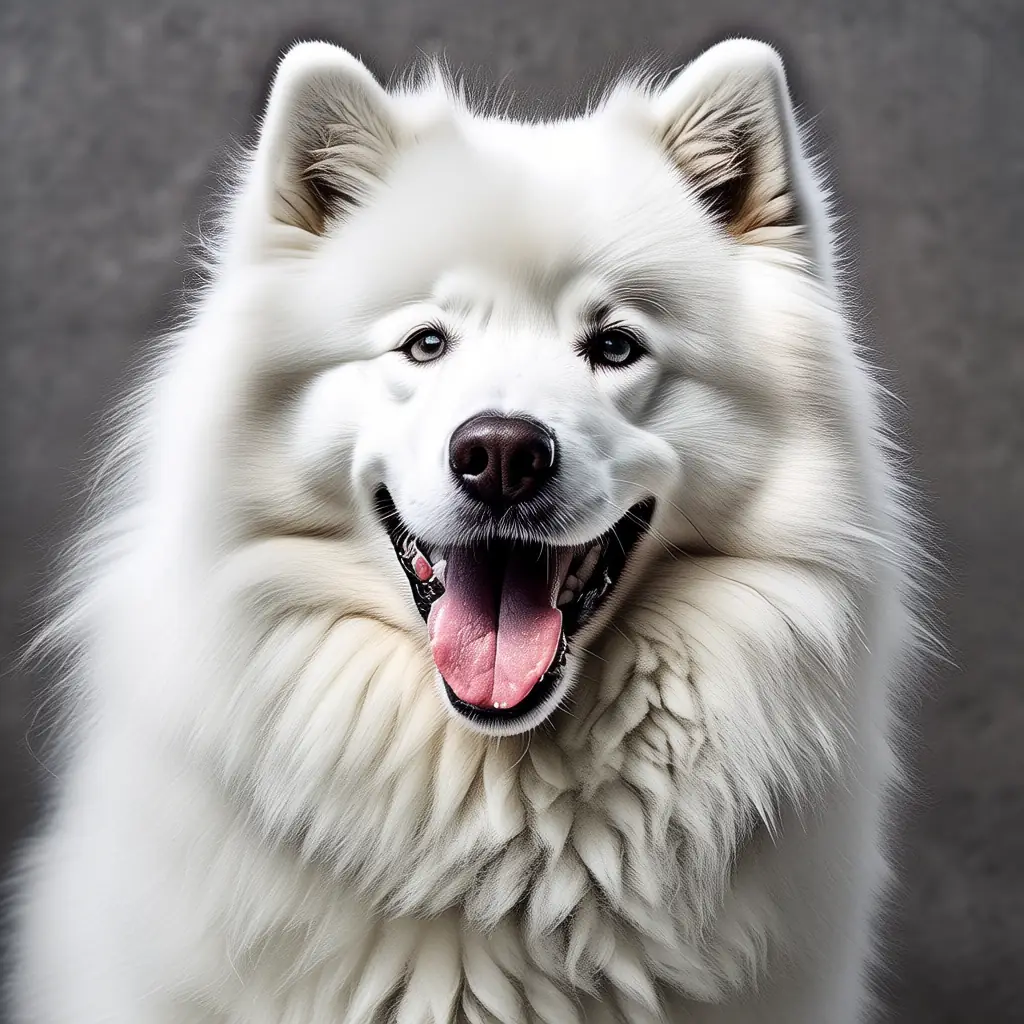Dog Training Tips: Building a Strong Bond with Your Canine Friend
Training your dog is one of the most rewarding experiences you can have as a pet owner. It not only helps in shaping your dog's behavior but also strengthens the bond between you and your canine friend. Whether you have a new puppy or an older dog, these practical tips will guide you through the process, making it enjoyable and effective for both of you.
Why Training Matters
Proper training is essential for several reasons. It ensures your dog's safety, makes them more sociable, and helps them become well-mannered members of your family. A well-trained dog is less likely to engage in destructive behaviors, and they are easier to manage in various situations, from home to public spaces.
Practical Dog Training Tips
1. Start Early and Be Consistent
The earlier you start training your dog, the better. Puppies are like sponges, absorbing everything around them. Begin with basic commands such as "sit," "stay," and "come." Consistency is key; use the same commands and hand signals every time. For example, if you choose "sit" as the command for sitting, always use that word and avoid using "down" or "park it" interchangeably.
2. Use Positive Reinforcement
Positive reinforcement is a powerful tool in dog training. Reward your dog with treats, praise, or playtime when they perform the desired behavior. This method encourages your dog to repeat the behavior. For instance, if your dog sits on command, give them a small treat and lots of verbal praise. Over time, this will create a positive association with the command.
3. Keep Training Sessions Short and Fun
Dogs, especially puppies, have short attention spans. Keep training sessions brief, around 5-10 minutes, and make them fun. Incorporate games and toys to keep your dog engaged. For example, you can practice "fetch" while teaching the "drop it" command. This not only makes the session enjoyable but also reinforces the command in a playful context.
4. Be Patient and Stay Calm
Patience is crucial in dog training. Some dogs may pick up commands quickly, while others may take longer. Avoid getting frustrated or raising your voice. Instead, stay calm and patient. If your dog isn't responding, take a break and try again later. Remember, training is a gradual process, and every dog learns at their own pace.
5. Socialize Your Dog
Socialization is an important part of training. Expose your dog to different people, animals, and environments. This helps them become more confident and well-adjusted. Take your dog to the park, enroll them in a puppy class, or arrange playdates with other dogs. The more varied experiences they have, the better they will handle new situations.
6. Address Problem Behaviors Promptly
If your dog exhibits problem behaviors, address them immediately. Ignoring these behaviors can lead to more significant issues down the line. For example, if your dog barks excessively, teach them the "quiet" command. When they stop barking, reward them with a treat and praise. Consistently addressing these behaviors will help modify them over time.
Real Scenarios and Situations
- Teaching "Sit": Hold a treat above your dog's head and say "sit." As they naturally look up, their bottom will lower. Once they sit, give them the treat and say "
